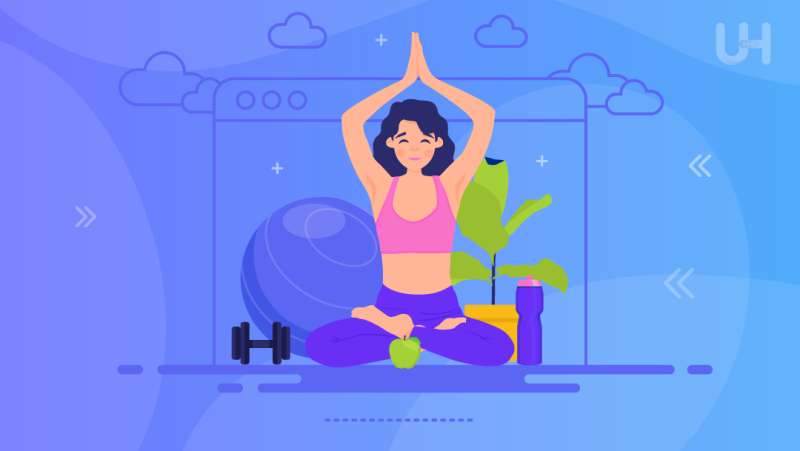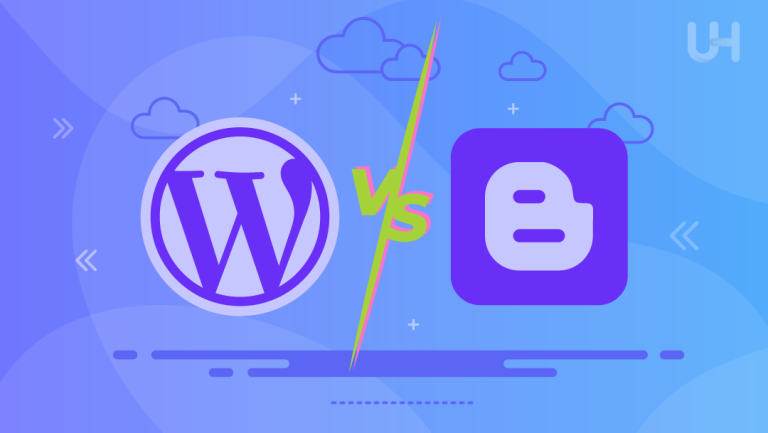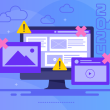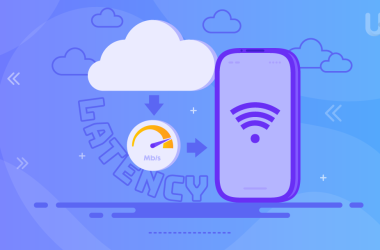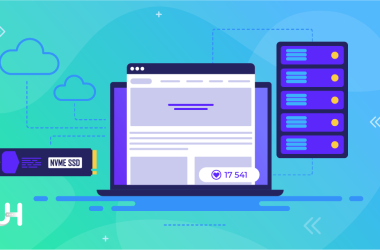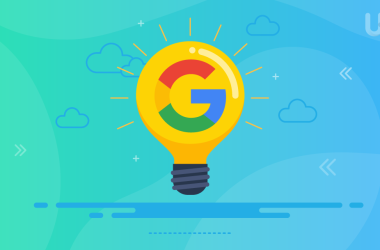Fitness blogging offers a unique opportunity for individuals to share their passion for health and wellness with a global audience. Through blogs, aspiring fitness enthusiasts and experts can share their knowledge, experiences, and insights on various aspects of fitness, ranging from workout routines and nutrition tips to mental health strategies and motivational anecdotes.
Moreover, the accessibility and convenience of blogging platforms make it easier than ever for anyone to start their fitness journey online. With just a few clicks, you can create your own space on the internet to document your progress, connect with others, and inspire positivity in communities.
Finding Your Niche
When starting a fitness blog with affordable WordPress hosting, finding your niche is like finding your own special corner of the fitness world. It’s where you’ll feel most at home and where your audience will find the most value.
First things first, think about who you want to talk to with your blog. Are you aiming to help beginners get started on their fitness journey? Or maybe you want to connect with experienced gym-goers looking for advanced tips? Knowing your audience will help you tailor your content to their needs and interests.
Take a look at what other fitness bloggers are doing in your niche. What topics are they covering? How are they engaging with their audience? This will give you valuable insights into what works and what doesn’t in your niche.
Once you have a good understanding of the competition, think about what makes you unique. What do you bring to the table that no one else does? It could be your personal story, your approach to fitness, or even your sense of humour. Moreover, finding your unique angle will help you stand out in a crowded space and attract loyal followers who resonate with your message.
How to Start a Fitness Blog?
Now that you’ve got a clear idea of what your fitness blog will focus on, it’s time to create a fitness blog! Here’s how to start fitness blog:
Choosing a Blogging Platform
There are plenty of platforms out there to choose from, but the most popular ones for beginners are WordPress, Blogger, and Wix. These platforms offer user-friendly interfaces, customizable templates, and plenty of plugins to help you create the blog of your dreams.
Selecting a Domain Name and Hosting Provider
Your domain name is like your blog’s address on the internet, so it’s important to choose one that’s easy to remember and reflects your brand. Moreover, once you register a domain name, you’ll need to choose a hosting provider to keep your blog up and running.
Designing Your Blog’s Layout and Aesthetics
The look and feel of your blog play a big role in attracting and retaining readers, so take some time to design a layout that’s both visually appealing and easy to navigate. Choose a clean, minimalist design with plenty of white space, and don’t forget to add high-quality images to make your content pop.
Setting Up Essential Pages (About, Contact, etc.)
Before you start publishing content, make sure to set up a few essential pages to give your readers more information about who you are and how to get in touch with you. At the very least, you’ll want to have an About page, where you can share your story and why you’re passionate about fitness, and design a Contact page so that readers can reach out with questions or feedback.
Ready to Elevate Your Blogging Experience?
Explore WordPress’s versatility to match your unique blogging style. If you’re leaning towards the freedom of WordPress, check out our recommended WordPress hosting solution at Ultahost.
Creating Quality Content
Now that your blog is all setup, it’s time to start creating content that will keep your readers coming back for more. Here’s how to do it:
Brainstorming Content Ideas
Start by brainstorming a list of topics that you’re passionate about and that align with your niche. Moreover, think about what questions your audience might have or what problems they’re facing, and brainstorm content ideas that provide solutions or answers.
Planning a Content Calendar
Once you’ve got a list of ideas, it’s time to organize them into a content calendar. This will help you stay organized and ensure that you’re consistently publishing new content. Also, you can use a simple spreadsheet or a more robust project management tool like Trello or Asana to plan out your posts.
Writing Engaging and Informative Blog Posts
It’s important to balance being informative and engaging when writing blog posts. Start by outlining your post and breaking it down into manageable sections. Use clear and concise language, and don’t be afraid to inject your personality into your writing to keep readers entertained.
Incorporating Multimedia Elements (Photos, Videos, etc.)
Adding multimedia elements like photos, videos, and infographics to your blog posts can help break up the text and make your content more visually appealing. Be sure to use high-quality images and videos that are relevant to your content, and don’t forget to optimize images for the web to ensure fast loading times.
Consistency and Frequency of Posting
Consistency is key when it comes to blogging, so aim to stick to a regular posting schedule. Whether you’re posting once a week or once a month, make sure you’re consistently delivering valuable content to your audience. This will help keep them engaged and coming back for more.
Building Your Audience
Now that you’ve got some great content on your blog, it’s time to start growing your audience. Here are some strategies to help you do just that:
Social media can be a powerful tool for driving traffic to your blog. Share your blog posts on platforms like Instagram, Facebook, Twitter, and Pinterest to reach a wider audience. Don’t forget to engage with your followers and respond to comments to keep them coming back for more.
Engagement is key to building a loyal audience, so make sure to respond to comments on your blog and social media channels. Encourage discussion and interaction by asking questions, running polls, and hosting Q&A sessions. Moreover, the more you engage with your audience, the more invested they’ll become in your blog.
Collaborating with Other Fitness Bloggers or Influencers
Collaborating with other fitness bloggers or influencers can help expose your blog to a whole new audience. Reach out to others in your niche to see if they’d be interested in guest posting on your blog or collaborating on a joint project. Not only will this help you reach more people, but it can also strengthen your connections within the fitness community.
Utilizing SEO Techniques to Improve Visibility
Search engine optimization (SEO) is another important tool for growing your audience. Make sure to optimize your blog posts with relevant keywords, meta descriptions, and alt tags to improve your chances of ranking higher in search engine results. Additionally, consider guest posting on other blogs in your niche to build backlinks and increase your blog’s visibility.
Monetization Strategies

Now that your fitness blog is gaining traction and you’ve built a solid audience, it’s time to explore ways to monetize your efforts. Here are some effective strategies to start generating income from your blog:
Affiliate Marketing
Affiliate marketing involves promoting products or services from other companies on your blog and earning a commission for every sale or referral generated through your unique affiliate link. Look for products or services that align with your niche and audience’s interests, and be transparent about your affiliate partnerships with your readers.
Sponsored Content and Partnerships
Sponsored content involves collaborating with brands or companies to create content that promotes their products or services. This can include sponsored blog posts, social media shoutouts, product reviews, and more. Make sure to partner only with brands that align with your values and audience’s interests to maintain authenticity and trust.
Selling Digital Products (eBooks, Workout Plans, etc.)
If you have expertise in a particular area of fitness, consider creating and selling digital products such as eBooks, workout plans, meal plans, or online courses. Moreover, these products provide value to your audience and can be a lucrative source of passive income once created. Use your blog and social media channels to promote your products and drive sales.
Conclusion
Lastly, turn your passion for fitness into a thriving blog. Don’t let fear or doubt hold you back—every successful blogger started somewhere, and you have unique experiences and insights to share with others. Also, remember that progress is made one step at a time.
When you’re ready to take your blog to the next level, consider hosting it with a reliable provider like Ultahost. With our top-notch blog hosting services, you can ensure that your website is fast, secure, and always available to your readers.
FAQ
How do I start a fitness blog if I’m not an expert in fitness?
Starting a fitness blog doesn’t require you to be an expert. Share your personal journey, experiences, and what works for you. Moreover, your authenticity and passion will resonate with your audience.
How often should I post on my fitness blog?
The frequency of your blog posts depends on your schedule and the time you can dedicate to creating quality content. Moreover, consistency is key. So aim for a schedule that you can realistically maintain, whether it’s weekly, bi-weekly, or monthly.
How can I grow my audience for my fitness blog?
Promote your blog on social media and engage with your audience through comments and interactions. Also, collaborate with other fitness bloggers or influencers, and utilize SEO techniques to improve visibility.
How to monetize a fitness blog?
Yes, there are various monetization strategies for fitness blogs. Including affiliate marketing, sponsored content, selling digital products like eBooks or workout plans, and offering online coaching or consulting services.





